In response to the Pahalgam terrorist attack on tourists in Jammu and Kashmir last month, India has launched “Operation Sindoor,” a series of targeted airstrikes on nine locations in Pakistan and Pakistan-administered Kashmir.
The killing of 26 tourists in Kashmir’s Baisaran Valley on April 22 did more than shatter a moment of peace in one of South Asia’s most scenic regions. The assault has significantly increased India-Pakistan tensions and generated worries of possible military conflict between two nuclear-armed countries.
Though Pakistan denies the charges, India has specifically held Pakistan responsible for sheltering terrorist groups.
In response to the attack, India has taken several actions against Pakistan, including downgrading diplomatic ties, recalling diplomats, suspending participation in a vital water-sharing agreement and closing a significant border crossing.
This rapidly deteriorating situation underscores the broader consequences of the devastating Pahalgam assault.
Read more:
India and Pakistan have fought many wars in the past. Are we on the precipice of a new one?
Human tragedy
Described by the region’s chief minister, Omar Abdullah, as “much larger than anything we’ve seen directed at civilians in recent years,” the assault in Pahalgam is not only a humanitarian tragedy and a blow to Kashmir’s economy but a flashpoint in an already fragile regional relationship.
The Pahalgam attack’s timing coincided with United States Vice President JD Vance’s visit to India in April. This mirrors a grim pattern that includes former U.S. president Bill Clinton’s 2000 trip, when militants struck Chittisinghpura in Jammu and Kashmir hours before his arrival.
By staging violence during diplomatic milestones, militants aim to amplify global attention and send a message to the Indian government. As global attention shifts back to Kashmir, the Baisaran massacre appears to mark a new chapter in the long-fought battle over this territory — one that risks tourism, targets civilians and threatens to unravel regional stability.
(AP Photo/Vaibhav Shukla)
Strategic targeting of Kashmir’s economy
Though Kashmir has seen warfare for decades, militant groups had mostly avoided targeting visitors because of the the economic significance of tourism to Kashmir.
The calculated selection of Pahalgam — one of Kashmir’s top tourist sites — reveals a plan to attack the core of Kashmir’s economy. According to counter-terrorism expert Ajai Sahni, the local community and militant groups have an implicit understanding not to compromise the tourism industry.
By breaking this unwritten rule, the militants have demonstrated a willingness to inflict economic harm on the population.
Nearly everyone in Kashmir, particularly in the valley, depends on tourism either directly or indirectly. Tourism, which has seen a resurgence since the COVID-19 pandemic, generates thousands of direct and indirect jobs and more than eight per cent of Kashmir’s GDP.
Experts like Amitabh Mattoo, from the School of International Studies at Jawaharlal Nehru University, warn that Kashmir may experience long-term devastating effects from a drop in tourism. A significant exodus of travellers from Kashmir has already taken place.
Challenging India’s post-2019 Kashmir narrative
The assault also weakens India’s narrative on Kashmir, an area that has been disputed by both Pakistan and India since their independence from Britain in 1947.
The attack took place as India Prime Minister Narendra Modi was scheduled to open a multi-billion-dollar railway project to the Kashmir Valley, which his government contends will enhance tourism and economic development.
Modi’s administration has presented the rise in tourism as proof of “normalcy” coming back to Kashmir following India’s removal of special status to Kashmir.
The intentional targeting of visitors sends a message that the illusion of normalcy is misleading.
A deadly departure from past tactics
The Resistance Front (TRF), a rather unknown militant group founded in 2019 and designated as a “terrorist organization” by the Indian government in January 2023, claimed responsibility for the assault via social media. They offered no proof to back their assertion.
TRF represents a new breed of militant Kashmiri nationalism and resistance. Indian intelligence agencies have connected the group to the Pakistan-based terrorist organization Lashkar-e-Taiba.
TRF’s communication regarding the assault emphasized resistance to new “outsider” residency rights. This corresponds with worries voiced by some Kashmiris after 2019 modifications permitted non-locals to acquire land and get employment in the area.
The government disclosed in April 2025 that 83,000 individuals have been given residence certificates under these new standards in the last two years.
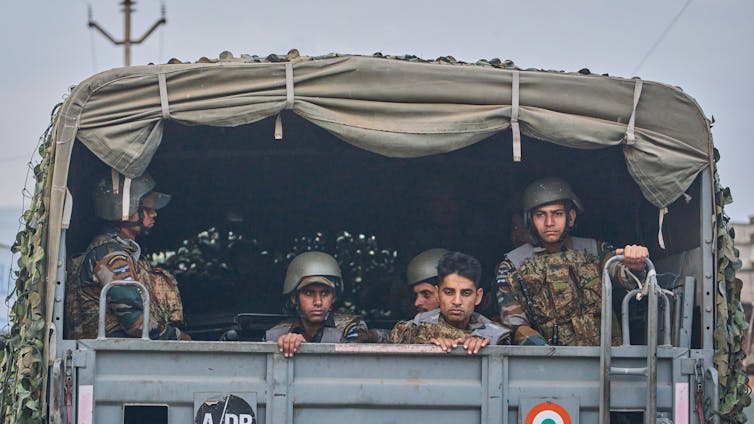
(AP Photo/Dar Yasin)
The future of Kashmir’s stability
Apart from causing obvious human sorrow, the Pahalgam slaughter also endangers years of economic development and could send Jammu and Kashmir back into a cycle of bloodshed and instability.
Targeting tourists could mean militants are willing to risk Kashmir’s economic core. The assault appears to be an attempt to internationalize the Kashmir problem at a time when worldwide interest had started to fade. It also exploits religious divides, and has succeeded in inciting severe security reactions.
The future seems more and more uncertain for ordinary Kashmiris caught between security crackdowns and militant brutality. Historical trends indicate that more militancy usually results in more security policies, putting more strain on civilian life.
For many teenagers and young people in Jammu and Kashmir, the lack of consistent income, mobility limitations and increased monitoring intensifies sensations of marginalization and anger.
Radical groups can take advantage of these frustrations. To counter this, economic policies must address these inequalities.
Read more:
India-Pakistan strikes: 5 essential reads on decades of rivalry and tensions over Kashmir
A strategy for the way ahead
The Pahalgam incident calls for a counter-terrorism strategy that balances security with socio-economic stability.
For example, tourism profit-sharing systems could be implemented and tax advantages or subsidies could be offered to tour businesses, especially those employing young marginalized demographics. This could help to bring some financial respite as well as long-term stability and has been successful in countries like Rwanda.
The failure to pre-empt the attack despite heightened security during the Vance’s visit and the Hindu pilgrimage season reveals systematic intelligence failures.
The way ahead calls for tackling both security issues and the underlying complaints still driving militancy in Jammu and Kashmir as the region once again confronts the possibility of violence.
United Nations Secretary-General António Guterres has urged both nations to de-escalate and return to diplomacy.
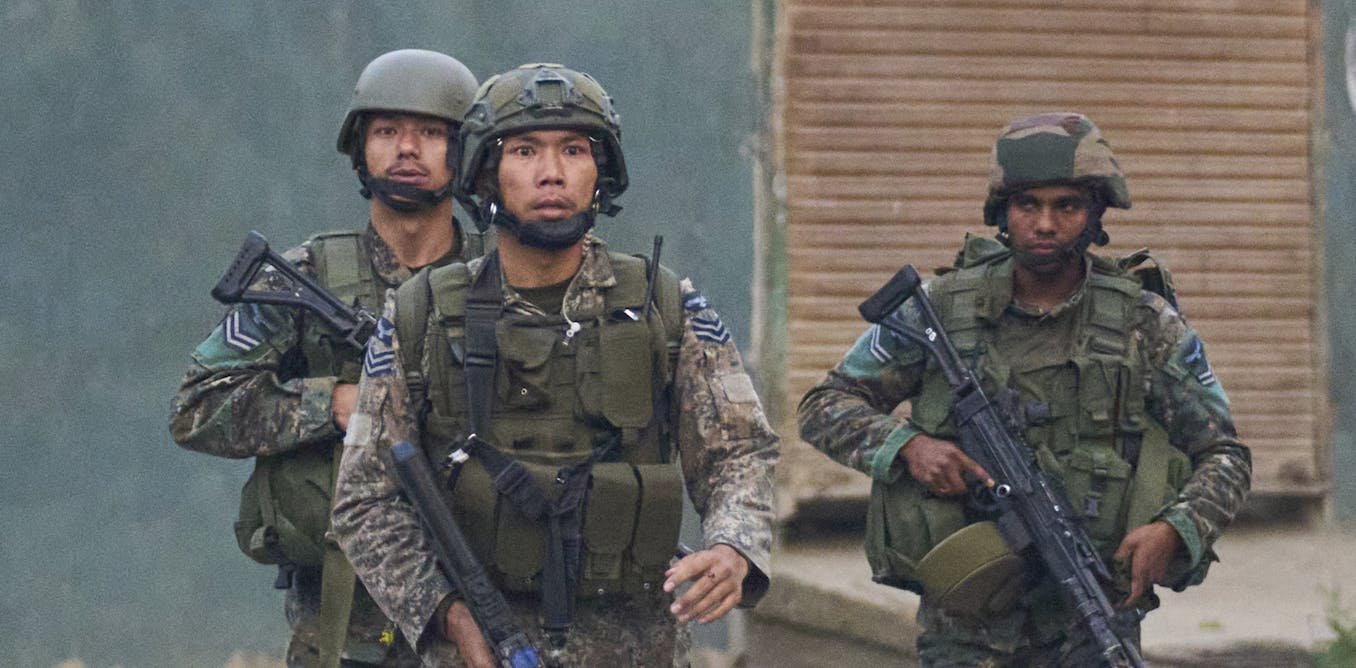
The post “Indian airstrikes in Kashmir following tourist attack raises fears of a regional conflict” by MD Rakib Jahan, PhD Student, Department of Political Studies, International Relations, Queen’s University, Ontario was published on 05/07/2025 by theconversation.com







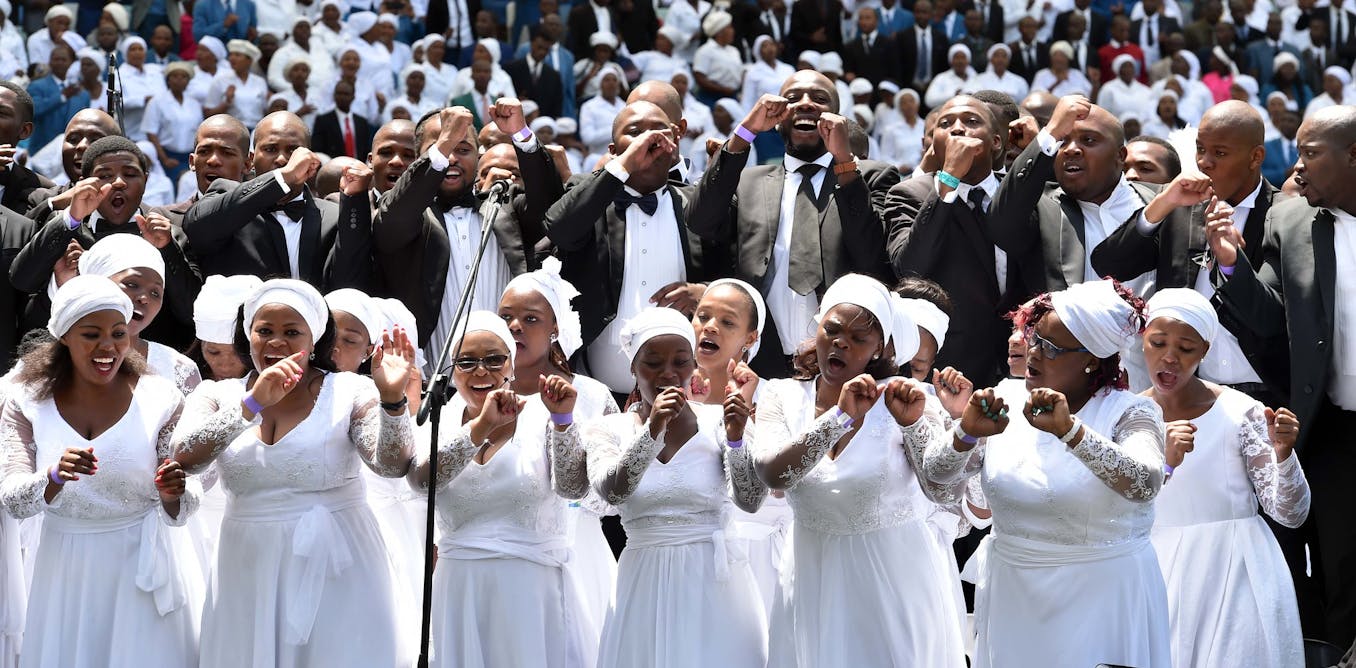



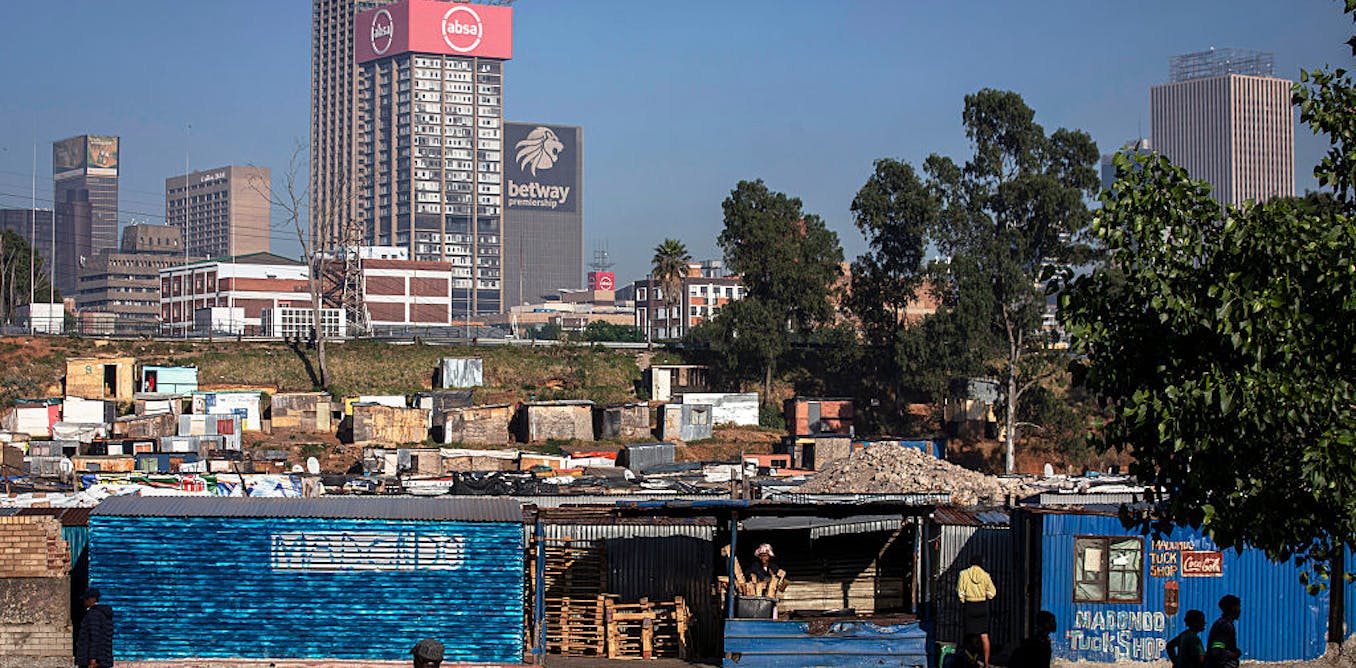

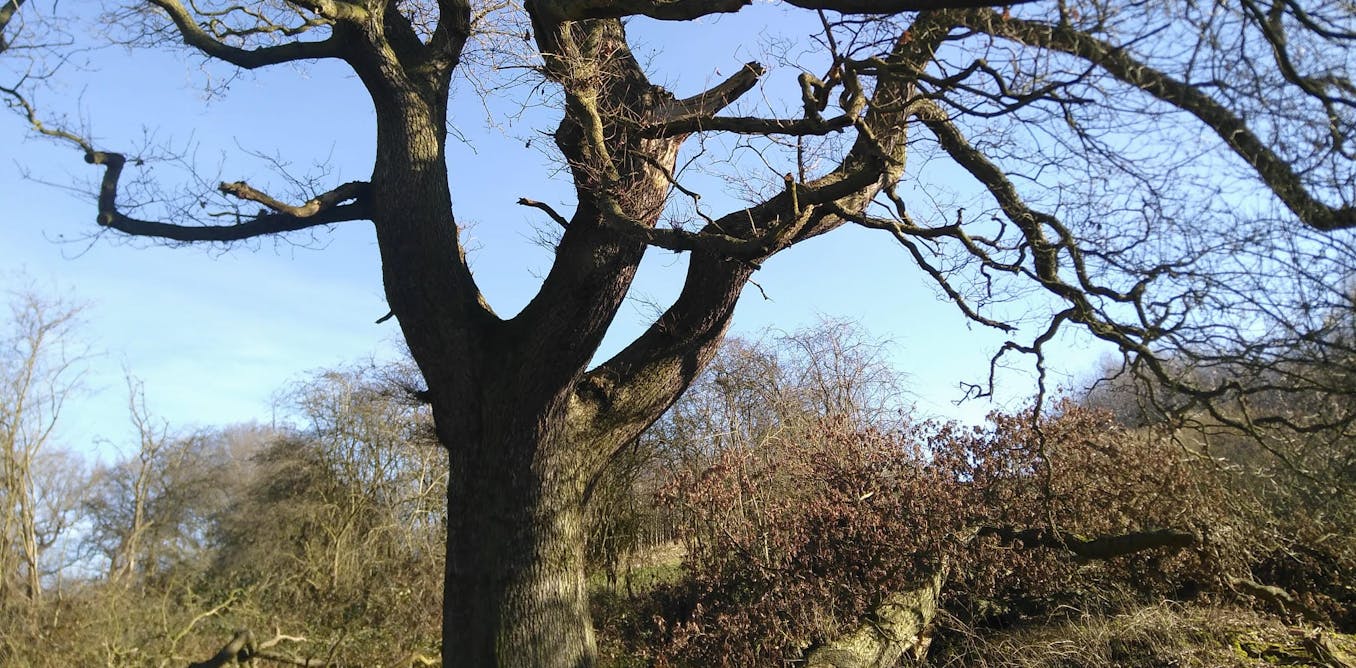
























Leave a Reply